As winter fog settles over Milan's Gothic cathedral, the city's pastry shops begin emitting a beguiling aroma—butter, vanilla, and candied citrus peels slowly rising in domed paper molds. This is the scent of panettone, Italy's most cherished Christmas bread, whose golden height and featherlight texture conceal centuries of artisan tradition.
More than just holiday dessert, this Milanese masterpiece represents a cultural inheritance where Renaissance baking techniques meet modern precision, where each 72-hour fermentation tells a story of patience and passion. From its disputed aristocratic origins to its current status as the ultimate edible Christmas gift, panettone remains Italy's delicious ambassador of holiday cheer—a culinary marvel that transforms simple ingredients into edible sunlight during winter's darkest days.
The Legend and the Loaf
Panettone's origin stories read like operatic librettos. One 15th-century tale tells of nobleman Ughetto degli Atellani disguising himself as a baker to woo his love, inventing the rich bread to impress her father. Another credits a humble cook named Toni ("pan del Toni") who saved Christmas dinner by baking leftover ingredients into miraculous bread.
Historical records reveal more prosaic truths—medieval Milanese families baked enriched breads for holidays using precious butter and eggs saved throughout Advent. What began as rustic "pan grande" (big bread) evolved through aristocratic patronage into the refined dessert we know today, with 19th-century baker Angelo Motta revolutionizing its shape by using paper collars to achieve dramatic height. These layered histories—part myth, part culinary archaeology—make each slice a taste of Milan's collective memory.
The Alchemy of Time
Authentic panettone obeys biological rhythms no industrial process can rush. Master bakers begin three days before baking, creating a "mother dough" (lievito madre) that requires hourly feeding with flour and water. This living organism—some starters span generations—develops complex flavors while producing the carbon dioxide that will give the bread its ethereal lightness.
The final dough incorporates egg yolks so rich they border on orange, European butter with 85% fat content, and vanilla from Madagascar—ingredients added in precise sequences to avoid collapsing the delicate structure. During the 30-hour rise, the dough undergoes a mystical transformation, tripling in volume while developing honeycomb alveolation that will later melt on the tongue. This unhurried process explains why artisanal panettone costs dearly—each loaf represents nearly 100 hours of attentive care.
The Candied Geometry
Traditional panettone contains exactly 20% candied fruit—a percentage codified in 2005 by Italian law to protect authenticity. The citrus component follows strict ratios: two parts orange peel to one part citron, all hand-cut into 3mm cubes for optimal texture. Milanese bakers insist on Calabrian citrus for its thick, aromatic peels, candied in copper kettles using a three-week process that replaces bitterness with luminous sweetness.
Golden raisins, plumped in rum or Marsala wine, provide bursts of jammy contrast. These ingredients aren't simply mixed in; they're laminated into folded dough layers through a technique called "sfogliatura," ensuring even distribution without damaging the fragile matrix. The result is a bread where every bite offers the same perfect balance of buttery crumb and jewel-like fruit.
The Paper Crown Ritual
Panettone's iconic fluted paper wrapper serves both form and function. The collar supports vertical rise during baking, then becomes a regal presentation case. Artisanal bakeries use custom-made wrappers—thick parchment that browns the crust evenly while allowing just enough moisture escape to prevent sogginess.
After baking, each loaf is inverted on special pins for 12 hours, stretching the delicate crumb structure while preventing collapse. This dramatic cooling method, resembling acrobats hanging by their heels, contributes to panettone's characteristic elongated shape and airy texture. The final packaging—often elaborate boxes tied with silk ribbons—transforms the bread into the ultimate Christmas gift, as much a visual spectacle as a culinary one.
The Milanese Masters
Behind panettone's apparent simplicity stand bakeries guarding secrets like medieval guilds. Places like Pasticceria Marchesi (founded 1824) maintain wood-fired brick ovens that impart subtle smokiness, while modernists like Gino Fabbri experiment with controlled steam injection. The true artisans—recognizable by forearms dusted in flour—judge dough readiness by listening to its bubbles crackle like distant fireplaces.
Their baking sheets hold only eight loaves at a time, rotated manually for perfect caramelization. These masters speak of panettone in anthropomorphic terms—the dough "sleeps" during fermentation, "awakens" when baked, and "sings" when torn apart. Their lifetime dedication (it takes 15 years to earn the title "maestro panettone") ensures traditions survive in an age of mass production.
The Perfect Slice
Serving panettone follows unwritten codes. The bread is never cut with knives—instead, diners pull it apart vertically to reveal the delicate crumb structure, like unrolling a golden scroll. Traditional Milanese families enjoy it three ways: barely warmed with sweet wine for breakfast, alongside creamy mascarpone as dessert, and toasted with butter on Boxing Day. Connoisseurs assess quality by the "filo"—the elastic strands that form when pulling pieces apart—and the persistence of aroma, which should perfume a room for hours after opening. Leftovers find new life in bread puddings or gourmet French toast, though true aficionados argue day-old panettone needs no improvement beyond a cup of strong espresso.
Global Influence and Imitation
As panettone conquered world palates, adaptations multiplied. South American versions add dulce de leche cores, while Japanese bakeries create matcha-green tea editions. Even within Italy, variations flourish—Venetians add chocolate, Sicilians incorporate pistachios. Industrial producers now flood markets with year-round panettone containing preservatives and artificial flavors, prompting the Italian government to establish DOP (Protected Designation of Origin) standards for authentic Milanese versions. Yet the most compelling innovations—like Iginio Massari's croissant-style "panettone sfogliato"—come from within Italy, where reverence for tradition fuels rather than stifles creativity.
The Christmas Table Centerpiece
In Milanese homes, panettone occupies the ceremonial position Americans reserve for fruitcake—but with opposite reception. The unveiling becomes theatrical event, with the tallest guest traditionally tasked with removing the wrapper without damaging the crust. Families pass the bread hand-to-hand, each person inhaling its perfume before taking their portion. Some maintain the custom of saving a piece for February's Feast of St. Blaise, believing it ensures abundance until harvest. This ritual consumption transforms panettone from mere food to edible heirloom—a symbol of continuity in rapidly changing times.
Preserving the Craft
With artisanal panettone production declining, guardians of tradition are taking action. The Academia Maestri Panettone offers rigorous certification programs, while Slow Food's "Presidium" project protects authentic lievito madre cultures. Milan's civic museums host December workshops where children learn 19th-century techniques. Even industrial producers now sponsor "Adopt a Starter" programs, connecting consumers with small bakeries. These efforts ensure panettone remains alive as cultural practice, not frozen as museum relic—a living, breathing (and delicious) testament to Milan's pastry prowess.
Conclusion
To tear into a true Milanese panettone is to experience edible alchemy—where flour, eggs, and butter transcend their humble origins through time-honored craft. In its golden heights live stories of Renaissance bakers, wartime ingenuity, and modern dedication to excellence. As globalization homogenizes holiday traditions, panettone stands as delicious resistance—proof that some things can't be rushed, that true luxury lies in patience, and that the best Christmas gifts don't come wrapped in paper, but baked inside it.
So this holiday season, when you encounter that iconic domed package, pause before opening. Consider the three sunrises that watched its making, the generations of knowledge in each air pocket, and the simple miracle that such celestial lightness could emerge from winter's darkest kitchen. Then share it generously, because like all great traditions, panettone tastes best when passed hand to hand, heart to heart.
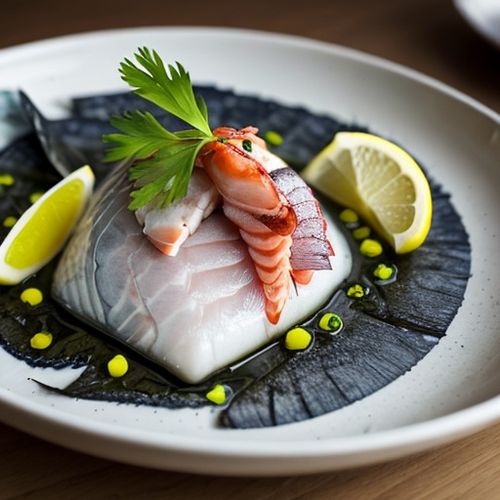
By James Moore/Mar 29, 2025
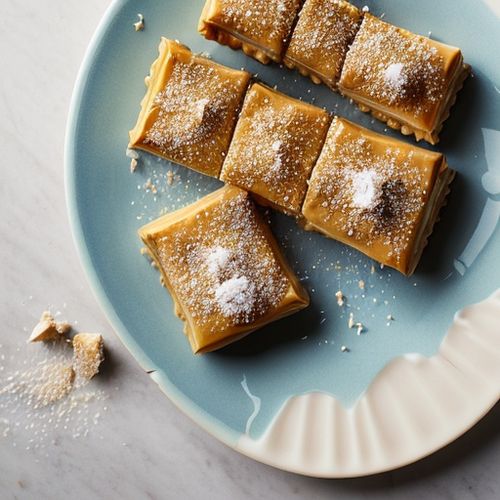
By Noah Bell/Mar 29, 2025
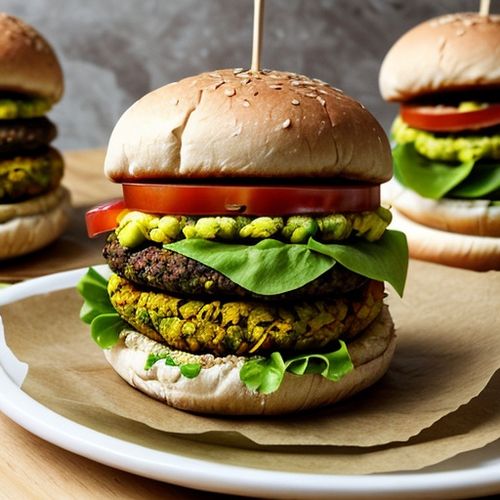
By Ryan Martin/Mar 29, 2025
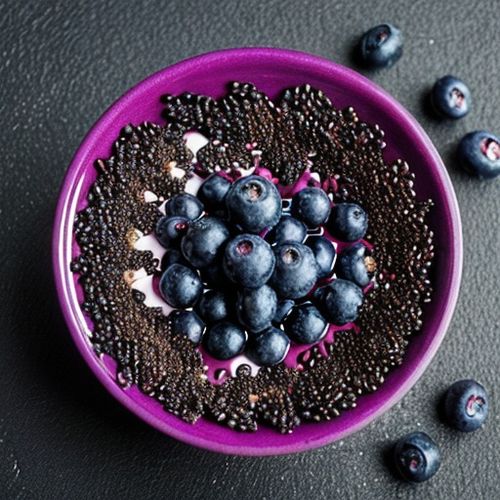
By Sarah Davis/Mar 29, 2025
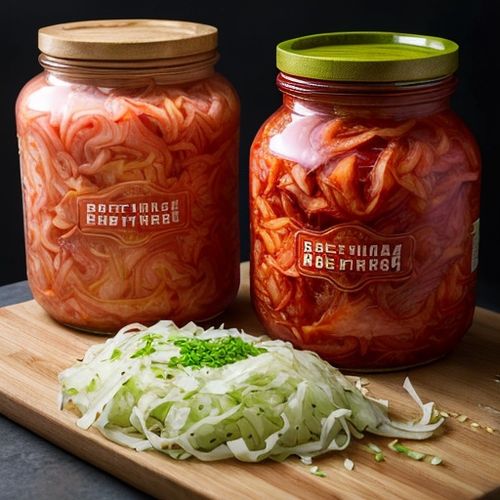
By William Miller/Mar 29, 2025

By Lily Simpson/Mar 29, 2025
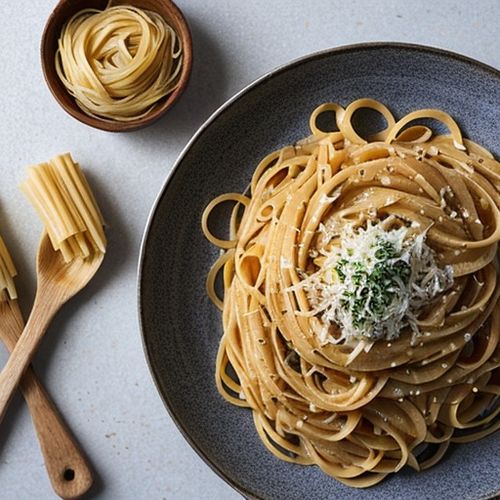
By William Miller/Mar 29, 2025
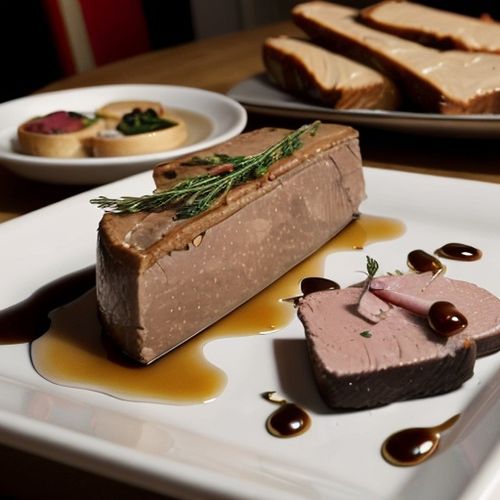
By Rebecca Stewart/Mar 29, 2025
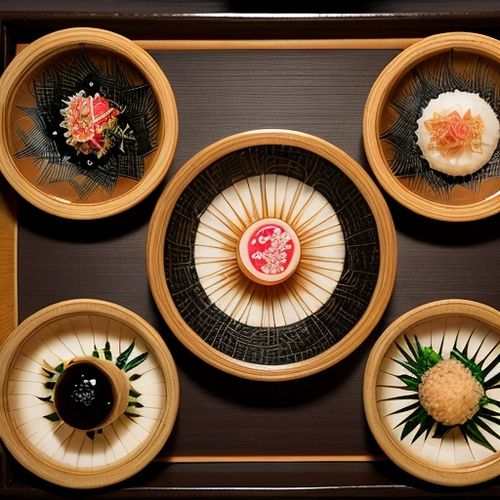
By Joshua Howard/Mar 29, 2025
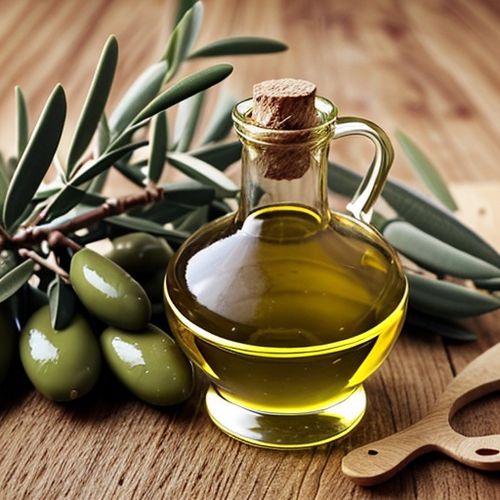
By Emily Johnson/Mar 29, 2025

By David Anderson/Mar 29, 2025
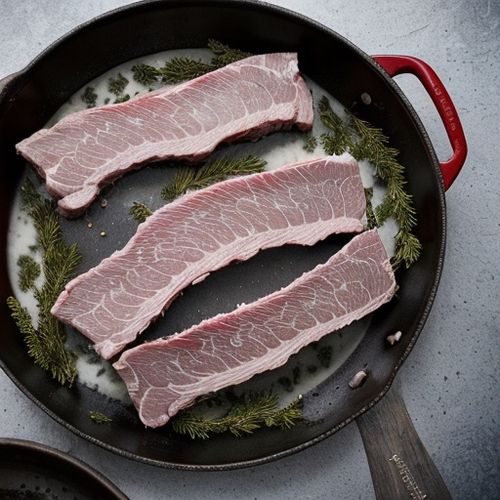
By Thomas Roberts/Mar 29, 2025

By Jessica Lee/Mar 29, 2025

By Amanda Phillips/Mar 29, 2025
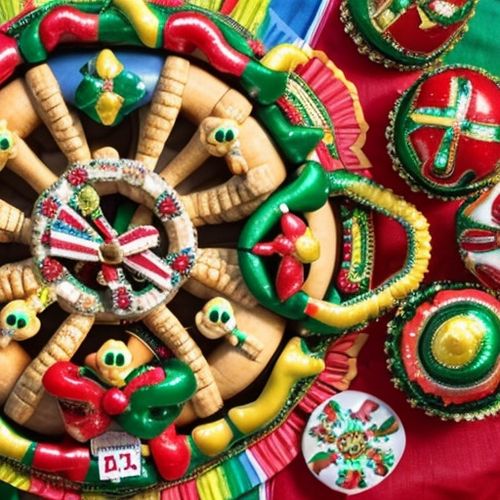
By Sophia Lewis/Mar 29, 2025
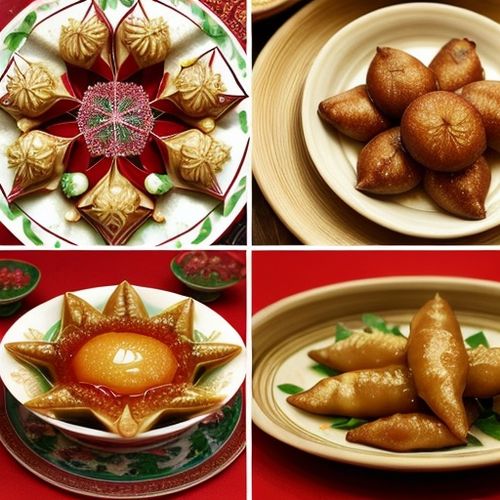
By Laura Wilson/Mar 29, 2025

By Emma Thompson/Mar 29, 2025

By Samuel Cooper/Mar 29, 2025
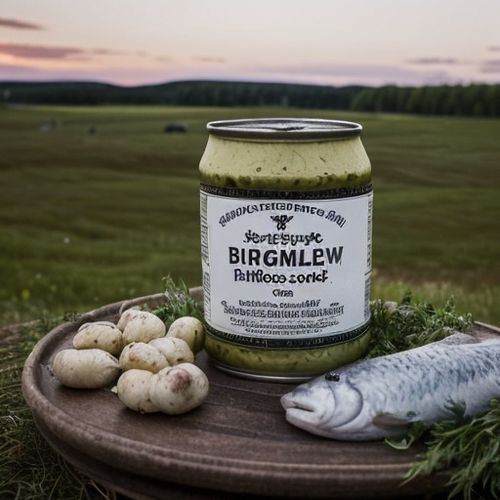
By Olivia Reed/Mar 29, 2025
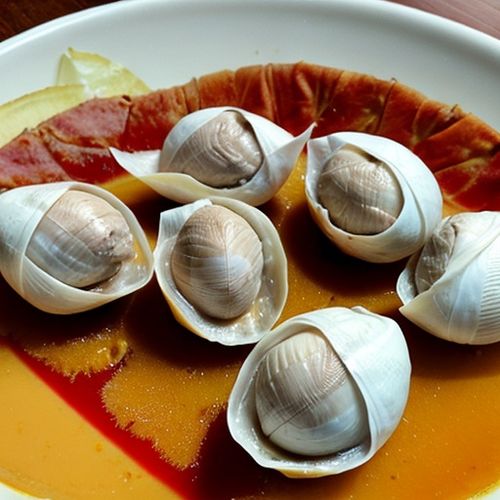
By Noah Bell/Mar 29, 2025